What is colour......?
Colour is perceptual characteristic of light described by a colour name. Specifically, colour is light and light is compose of many colours in which we see are the colour spectrum : red, orange, yellow, green, blue and violet.
Object absorb certain wavelengths and reflect others back to the viewers. We perceive these wavelengths as colours. A colour described in 3 ways : by its name, how pure or desaturated it is and value of lightness.
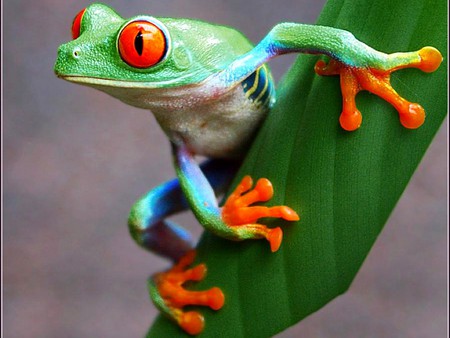
Basic Color Theory
Color theory encompasses a multitude of definitions, concepts and design applications - enough to fill several encyclopedias. However, there are three basic categories of color theory that are logical and useful : The color wheel, color harmony, and the context of how colors are used.
A color circle, based on red, yellow and blue, is traditional in the field of art. Sir Isaac Newton developed the first circular diagram of colors in 1666. Since then, scientists and artists have studied and designed numerous variations of this concept. Differences of opinion about the validity of one format over another continue to provoke debate. In reality, any color circle or color wheel which presents a logically arranged sequence of pure hues has merit.
 | 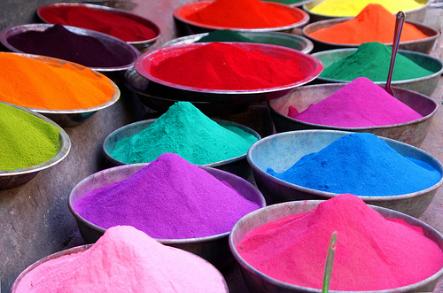 |
Primary Colors:
Red, yellow and blue
In
traditional color theory (used in paint and pigments), primary colors
are the 3 pigment colors that can not be mixed or formed by any
combination of other colors. All other colors are derived from these 3
hues.
Secondary Colors:
Green, orange and purple
These are the colors formed by mixing the primary colors.
Tertiary Colors:
Yellow-orange, red-orange, red-purple, blue-purple, blue-green & yellow-green
These
are the colors formed by mixing a primary and a secondary color. That's
why the hue is a two word name, such as blue-green, red-violet, and
yellow-orange.

Colour Harmony...
Harmony can be defined as a pleasing arrangement of parts, whether it be music, poetry, color, or even an ice cream sundae.
In visual experiences, harmony is something that is pleasing to the
eye. It engages the viewer and it creates an inner sense of order, a
balance in the visual experience. When something is not harmonious, it's
either boring or chaotic. At one extreme is a visual experience that is
so bland that the viewer is not engaged. The human brain will reject
under-stimulating information. At the other extreme is a visual
experience that is so overdone, so chaotic that the viewer can't stand
to look at it. The human brain rejects what it can not organize, what it
can not understand. The visual task requires that we present a logical
structure. Color harmony delivers visual interest and a sense of order.
In summary, extreme unity leads to under-stimulation, extreme
complexity leads to over-stimulation. Harmony is a dynamic equilibrium.
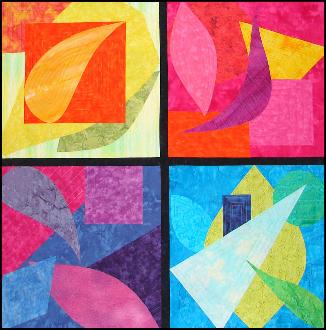
Some Formulas for Color Harmony
There are many theories for harmony. The following illustrations and descriptions present some basic formulas.
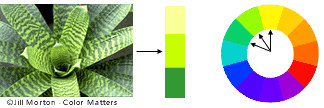
Analogous colors are any three colors which
are side by side on a 12 part color wheel, such as yellow-green,
yellow, and yellow-orange. Usually one of the three colors predominates.
2. A color scheme based on complementary colors
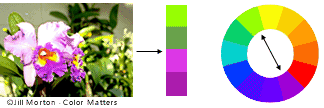
Complementary colors are any two colors which are directly opposite
each other, such as red and green and red-purple and yellow-green. In
the illustration above, there are several variations of yellow-green in
the leaves and several variations of red-purple in the orchid. These
opposing colors create maximum contrast and maximum stability.
Colour scheme based on natural elements
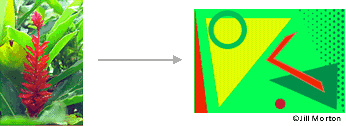
Nature provides a perfect departure point for color harmony. In the illustration above, red yellow and green create a harmonious design, regardless of whether this combination fits into a technical formula for color harmony.
Colouring Media...
In preparing complete drawing, normally we will colour our sketches or drawing. There are few media that we use in preparing drawing. Media such as water colour, poster colour, acrylic, pastel, oil paint and others are widely used media in drawing and painting. Colouring media are up to you to explore which media that suits and work best for you! Some of us may find it easy and comfortable to work using pencil colours or graphic markers while others may find it easier to work with water colour. So, keep on trying and never give up!!!!
 |
check this out!!
 |  |
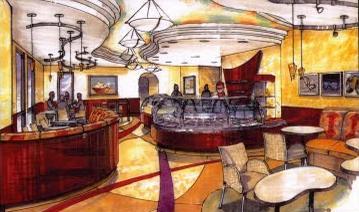 |  |